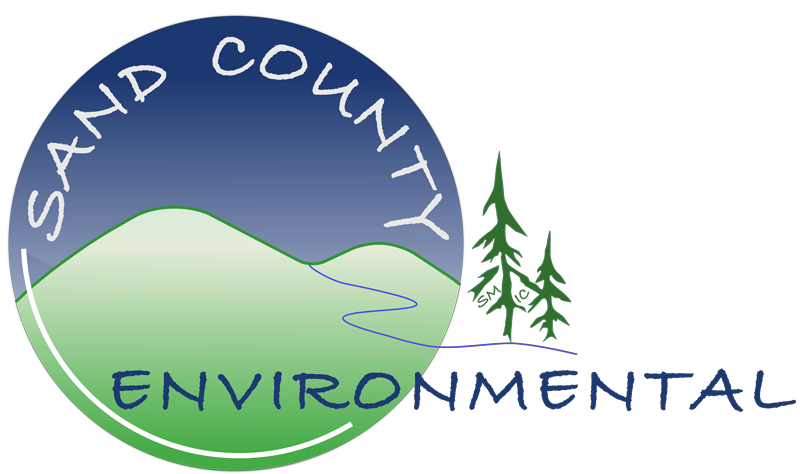


Alternative Wastewater Treatment for TMDL Compliance
In February 2018, Wisconsin Department of Natural Resources (WDNR) proposed two potential discharge allocation limits for wastewater discharges in the Wisconsin River above Lake Wisconsin. The primary purpose is to reduce phosphorus loading into the river which causes increasingly frequent blue-green algae blooms in reservoirs. These algae blooms harm aquatic life by reducing dissolved oxygen. The new phosphorus discharge limits are volume-based and referred to as Total Maximum Daily Loads, or TMDLs.
Dischargers from Nekoosa northward will be required to reduce their phosphorus outputs by 66 to 80% (dependent on which allocation is used). This will have significant impacts over the next 5 to 10 years as dischargers work towards compliance to the new TMDL limits with each Wisconsin Pollutant Discharge Elimination System (WPDES) permit renewal.
One of the implications will be that treatment rates for customers with significant phosphorus loads (such as breweries, paper mills, and food-processing plants) will be charged more for wastewater treatment if they discharge to a publicly owned treatment facility, or will have to make significant capital investments to enable their own treatment facilities to comply.
Sand County Environmental expects interest in alternative wastewater treatment options to grow with the implementation of the new TMDL limits. We see great potential for soil and plant-based solutions via discharges to groundwater. Groundwater discharges are achieved most effectively via surface or subsurface irrigation onto planted systems.
The primary management concerns for groundwater discharge are hydraulic loading capacities of the soils and nitrate leaching. Sand County Environmental designs planted discharge systems which balance loading with leaching potential for seasonal or year-round distribution systems.
Our engineers and scientists have designed plant-based stormwater and wastewater treatment systems for:
- Breweries
- Small municipalities
- Large vehicle parking and maintenance areas
- Landfills
